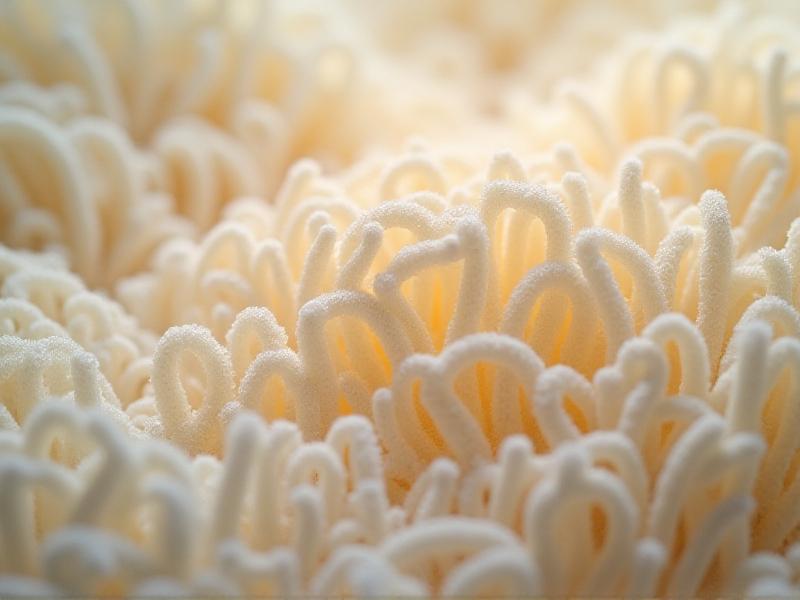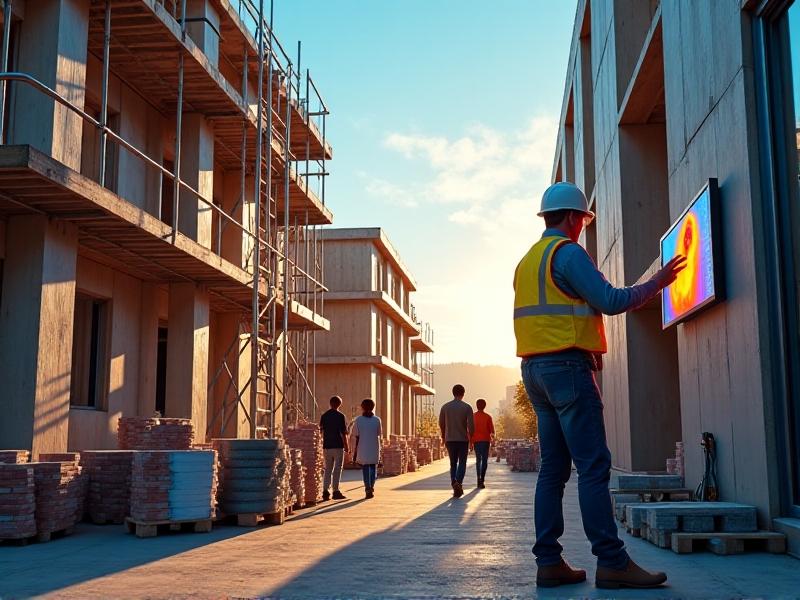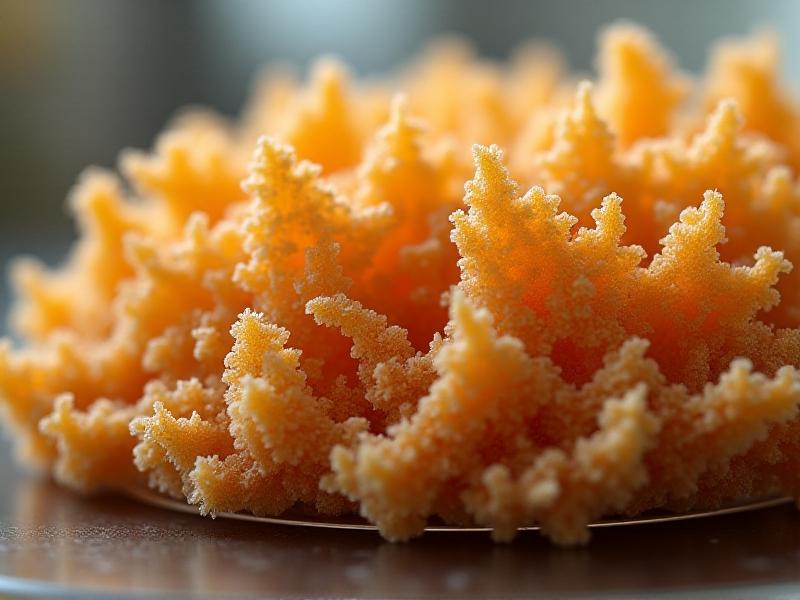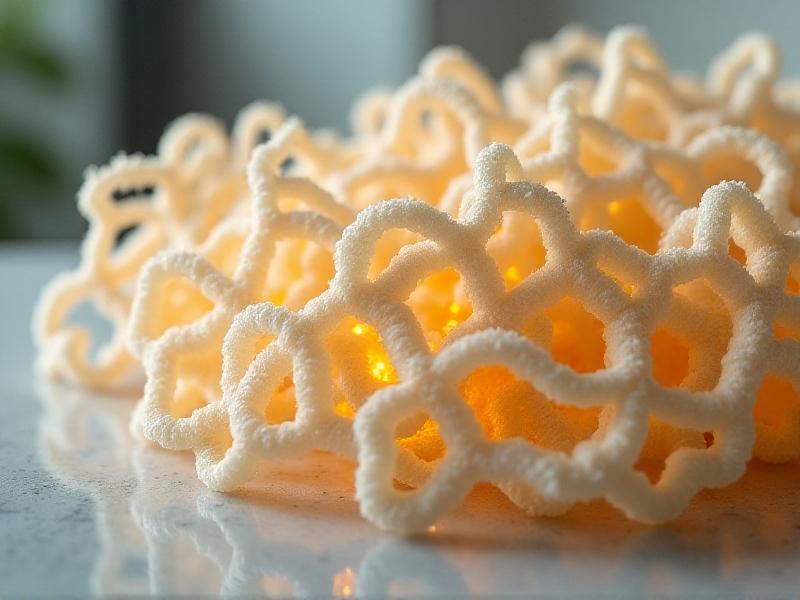Building Envelope Commissioning for Fungal Insulation Installations
Understanding the Importance of Building Envelope Commissioning
The building envelope is the physical barrier between the conditioned interior of a building and the external environment. It includes walls, roofs, windows, doors, and foundations. Proper commissioning of the building envelope is critical to ensure energy efficiency, indoor air quality, and structural integrity. When it comes to fungal insulation installations, commissioning becomes even more vital. Fungal insulation, such as mycelium-based materials, offers sustainable and eco-friendly solutions but requires meticulous attention to detail during installation to prevent moisture intrusion and ensure long-term performance.
Commissioning involves a systematic process of verifying and documenting that the building envelope components are installed and function according to design specifications. For fungal insulation, this means ensuring that the material is compatible with the building’s moisture management systems, that gaps and seams are properly sealed, and that the insulation does not become a breeding ground for mold or other fungi. The process begins with a thorough design review, followed by inspections during construction and performance testing post-installation.

The Role of Fungal Insulation in Sustainable Construction
Fungal insulation, particularly mycelium-based materials, is gaining traction in the construction industry due to its sustainability and unique properties. Mycelium, the root structure of fungi, can be grown into specific shapes and densities, making it an ideal material for insulation. It is biodegradable, renewable, and has excellent thermal and acoustic properties. However, its organic nature requires careful handling and installation to prevent degradation and ensure durability.
One of the key challenges with fungal insulation is moisture management. Mycelium is highly sensitive to water, and prolonged exposure can lead to material breakdown and fungal growth. This makes the building envelope’s design and commissioning process critical. Proper vapor barriers, drainage systems, and ventilation must be integrated to protect the insulation from moisture. Additionally, fungal insulation must be installed in a way that minimizes air leakage, which can compromise both energy efficiency and indoor air quality.

Key Steps in Building Envelope Commissioning for Fungal Insulation
Commissioning the building envelope for fungal insulation involves several critical steps. The first is a comprehensive design review, where the project team evaluates the insulation’s compatibility with the building’s structural and environmental conditions. This includes assessing the climate zone, moisture levels, and potential sources of water intrusion. The design must incorporate appropriate barriers and systems to protect the insulation.
During construction, regular inspections are conducted to ensure that the insulation is installed correctly and that all seams, joints, and penetrations are properly sealed. Special attention is given to areas prone to moisture, such as roofs, walls, and foundations. Post-installation, performance testing is carried out to verify that the building envelope meets the desired thermal, acoustic, and moisture control standards. This may include blower door tests, infrared thermography, and moisture mapping.

Challenges and Solutions in Fungal Insulation Commissioning
While fungal insulation offers numerous benefits, it also presents unique challenges during the commissioning process. One of the primary concerns is its susceptibility to moisture. If not properly protected, fungal insulation can absorb water, leading to material degradation and mold growth. To address this, the building envelope must include robust moisture control systems, such as vapor barriers, drainage planes, and adequate ventilation.
Another challenge is ensuring proper installation. Fungal insulation is a relatively new material, and many contractors may not be familiar with its handling and installation requirements. Training and education are essential to ensure that the insulation is installed correctly. Additionally, fungal insulation must be protected from damage during construction, as punctures or compression can compromise its performance. Clear communication between the design team, contractors, and commissioning agents is key to overcoming these challenges.
The Future of Fungal Insulation and Building Envelope Commissioning
As the construction industry continues to prioritize sustainability, fungal insulation is poised to play a significant role in the future of building design. Its eco-friendly properties and versatility make it an attractive alternative to traditional insulation materials. However, its successful integration into buildings depends on effective building envelope commissioning.
Advancements in material science and construction technology will likely address some of the current challenges associated with fungal insulation. For example, researchers are exploring ways to enhance its moisture resistance and durability. Additionally, the development of standardized commissioning protocols for fungal insulation will help streamline the process and ensure consistent results. As more projects incorporate fungal insulation, the industry will gain valuable insights and best practices, paving the way for wider adoption.







